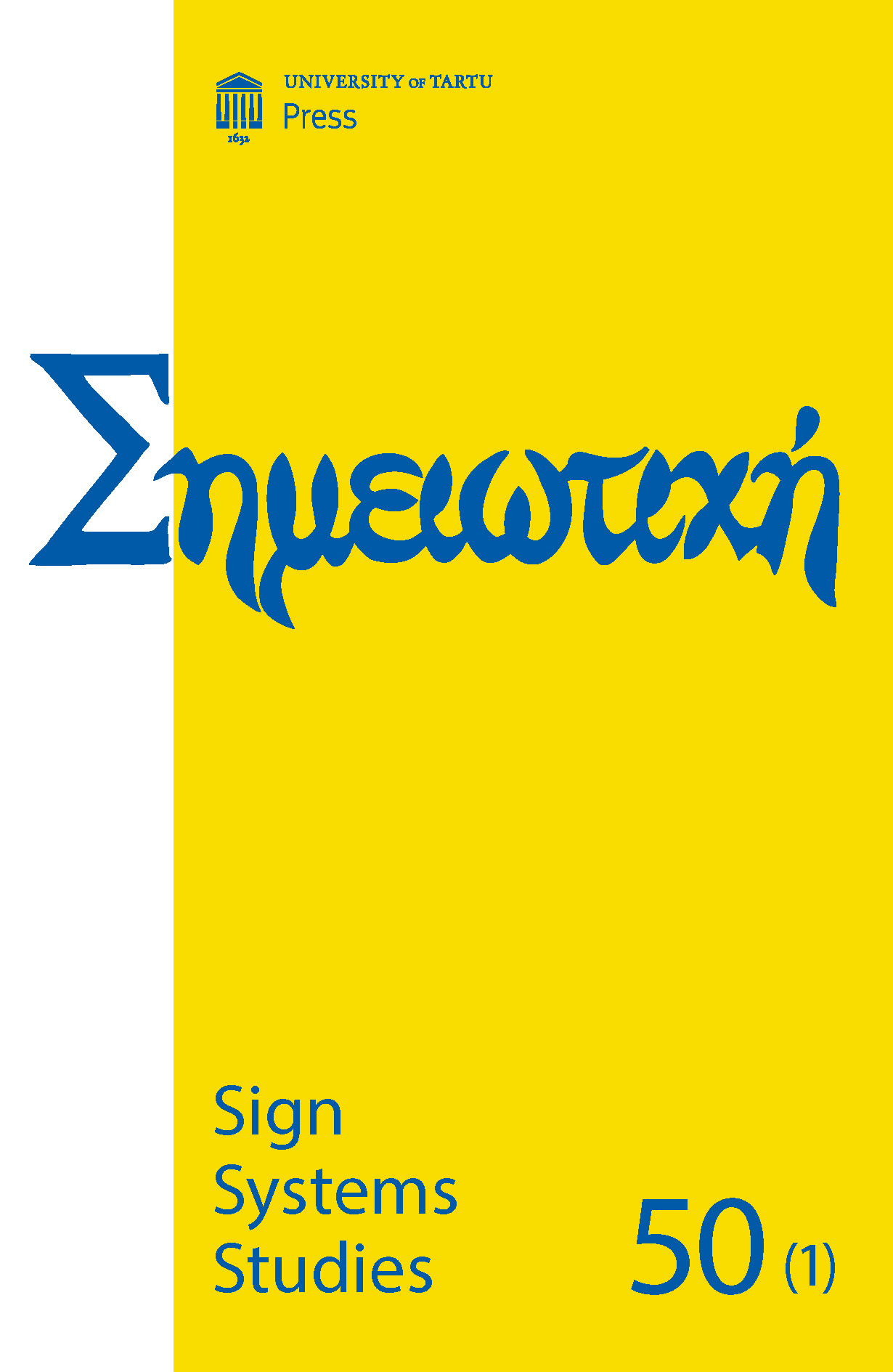Sign Systems Studies, vol. 50 no. 1 (2022). Special issue: Ferdinand de Saussure today: semiotics, history, epistemology
Guest editors: Ekaterina Velmezova, Emanuele Fadda
Published: June 1, 2022
DOI: https://doi.org/10.12697/SSS.2022.50.1
Numéro entièrement disponible en ligne sur le site de l’Éditeur.

In this special issue we publish the works of researchers from several countries (Switzerland, Estonia, Italy and the United Kingdom) who agreed to our proposal to reflect on Ferdinand de Saussure and his legacy in the framework of modern semiotics, as well as history and epistemology of ideas. The name of Saussure is often mentioned in modern works on semiotics and its history and Saussure is sometimes considered as one of the founders of the “science of signs”; at the same
time, Saussure as such is often equated to the most famous book published in 1916 under his name – the Course in General Linguistics. Even if this issue reflects partly this tendency too, all its contributors understand the importance of distinguishing between this book and Saussurean ideas as such, drawing cues, as far as possible, from all the Saussurean texts available to us, and considering Saussure’s legacy not dogmatically, but as a field on which we have not finished working yet.
[…]
One of the landmark texts in modern semiotics is Jacques Lacan’s seminar on “La lettre volée”, Baudelaire’s translation of Edgar Allan Poe’s short story “The purloined letter”, in which the plot turns on the fact that an incriminating letter which the police search for but cannot find turns out to be hidden in plain sight (in this respect, see Joseph’s article in this issue). The articles in this special issue show how the impact of Saussure’s semiotic model has been hidden in plain sight across the 20th century and on to the present. Everyone names Saussure as the co-founder of the discipline, along with Peirce, and then it appears as though, having lit the fuse, he fled before the explosion which saw all his ideas transformed, very differently in different places, with little of himself remaining. Yet reading the studies collected here, we see how present he has been through all these transformations – as a consistent interlocutor for all who have followed.
Establishing this novel perspective will help us tie together the diverse threads of semiotic research, which sometimes have little in common other than what they retain from that Saussurean model which has been hidden in plain sight all along.
Extrait de l’Introduction par Ekaterina Velmezova et Emanuele Fadda.

